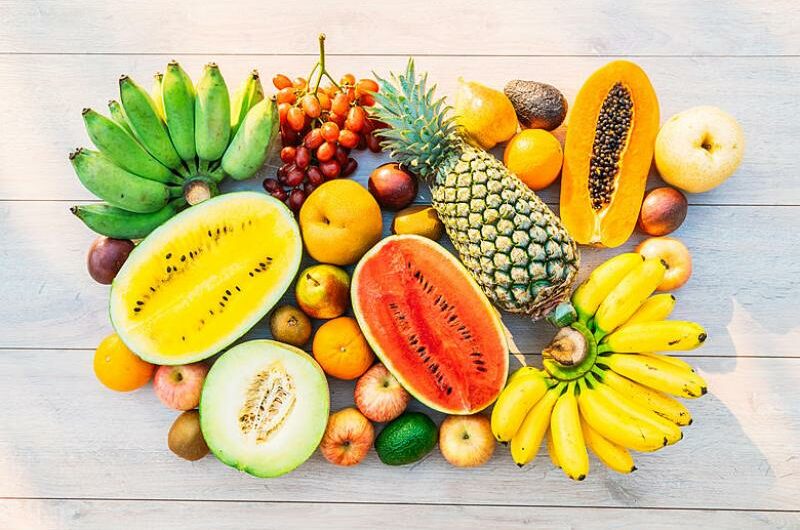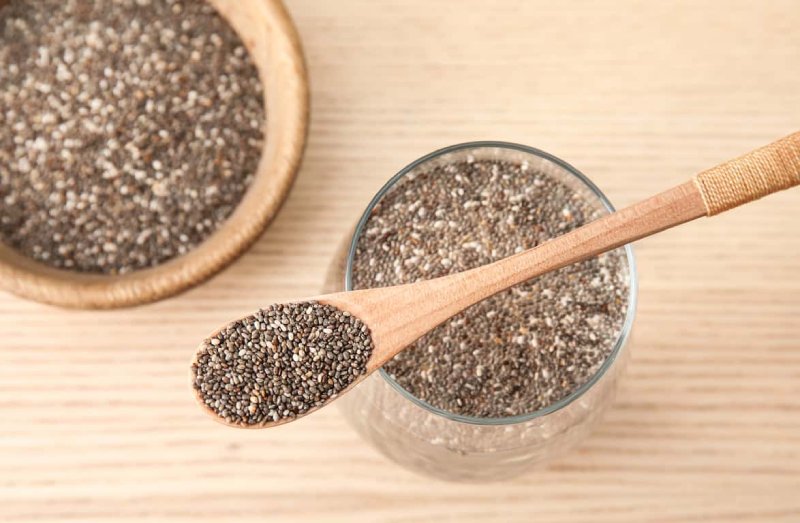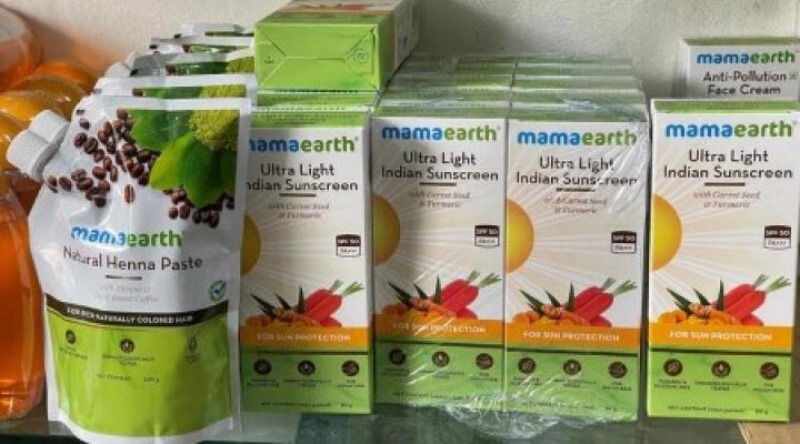Our exposure to sunlight, which is vital for the body to produce vitamin D, varies with the seasons. The majority of the vitamin D that our bodies require is produced by the skin. Sunlight’s UV rays are needed to make vitamin D3, and the liver and kidneys are needed to produce vitamin D in its active state. The association between skin pigmentation, geographic location, and sun exposure has been clarified by recent studies, underscoring the significance of comprehending these variables for optimum health.
UCLA Health states that the skin’s synthesis of vitamin D occurs when it is exposed to UV radiation from sunshine. But this process is influenced by a number of things. Individuals who have restricted sun exposure, including those with darker skin tones, newborns, the elderly, and disabled people, may have reduced production of vitamin D3. Loss of bone density and an elevated risk of fractures can result from this deficit.
According to a Valencia, Spain study, 8 to 10 minutes of midday sun exposure on 25% of the body is enough to generate the recommended amounts of vitamin D during the spring and summer. In comparison, 10% of the body has to be exposed to the sun for over two hours during the winter. In a similar vein, darker-skinned people could require longer periods of sun exposure in order to reach ideal vitamin D levels.
The New York Times highlights how seasonal and geographic differences affect the synthesis of vitamin D. In temperate climes, people with fair skin may only require 10 minutes of exposure to 10% of their body’s surface area, such as their face and arms, during the summer. However, this synthesis may be hampered by variables such as aging, skin pigmentation, and environmental factors (clouds, ozone, air pollution). As winter draws near, the difficulty increases. People tend to bundle up in cold weather to protect their skin from UVB radiation. Research indicates that wintertime UVB limits impact vitamin D synthesis above about 35 degrees latitude. Nevertheless, the body has the capacity to store vitamin D in fat and liver cells, which opens up opportunities for synthesis in the spring, summer, and fall.
Topics #vitamin D #wintertime










